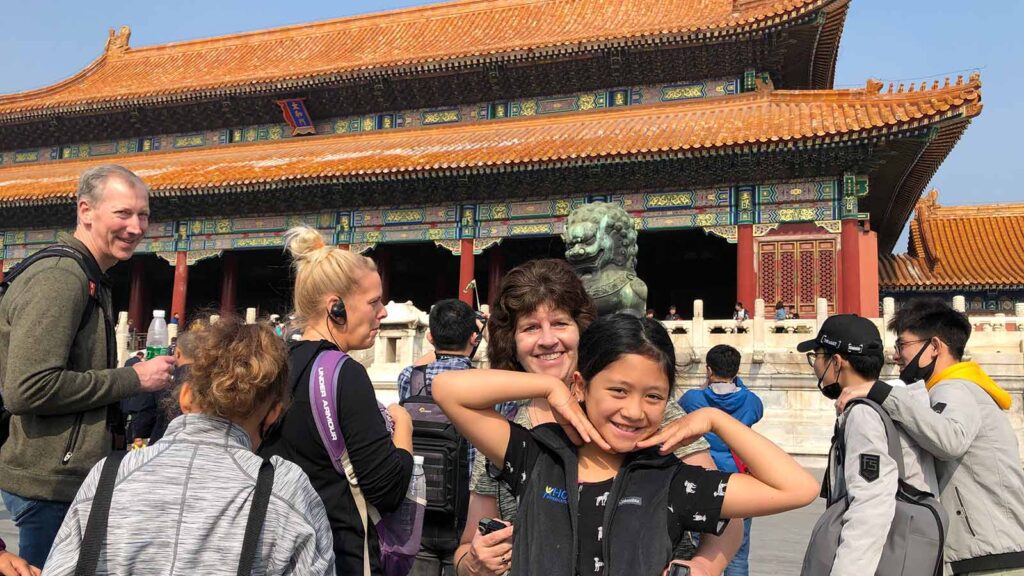20 Excellent Ideas To China Culinary Hotspots
Wiki Article
Top 10 Tips For Shopping In China Regional Particularties
1. Research Before you GoTip - Learn what each place is known for. Suzhou is famous for its silk; Jingdezhen has porcelain; as well as Tibet has thangkas.
Pro: This tool helps you to focus on your shopping goals and reduces the amount of time wasted.
Cons: It requires preparation and familiarity with local attractions.
2. Shop Local to ensure authenticity
Buy directly from the location that you are from to be sure of authenticity and quality.
Pro: Reduces the risk of copyright products and supports local artisans.
Con: Needs to travel into rural areas or other less well-known tourist destinations.
3. Explore the Workshops and Artists.
Instead of shopping in the usual stores, seek out small workshops and hubs for artisans.
Pro: You'll get more understanding of the craft and you can buy directly from the creators.
Pro: Handmade products are more expensive and harder to purchase.
4. Find out about the significance of culture
You can learn the cultural history behind such objects as jade carvings or calligraphy scrolls.
Pros: You will enjoy your purchases more and assign them more significance.
Cons: It might take a while to fully grasp the cultural subtleties.
5. Be sure to check the quality
Verify the quality of embroidery ceramics, tea and other items to ensure that they meet your standards.
Pro: It will keep you from disappointment as you'll get exactly what you have to.
Cons: You'll need guidance or expertise to know the best products to buy.
6. Beware of mass-produced goods
You should seek out items that are unique and handcrafted instead of mass-produced replicas.
Pro: You get to keep a unique and valuable souvenir.
Con: Genuine workmanship is expensive and difficult to locate.
7. Compare Prices
Visit multiple stores to find the best prices for the item you are looking for.
Pro: Allows you to establish reasonable price ranges and also helps you avoid being overcharged.
Con: Time-consuming in big markets, especially.
8. Teas from trusted suppliers
Tip Tips - In areas like Hangzhou or Fujian you can visit reputable Tea Houses for Longjing or Tieguanyin.
Pro: Guarantees authenticity and high-quality.
Con: High-quality tea can be expensive and hard to confirm for novices.
9. Local Customs
Some sellers will expect you to negotiate or make it part of the shopping experience.
Pro: Adds an enjoyable cultural aspect to your shopping.
Con: Not knowing the rules can lead to awkward interactions.
10. Pack Wisely
Think about how you plan to transport your fragile or bulky regional goods like silk and ceramics.
Pro: Prevents damages and ensures your purchases are delivered safely.
Cons: Increased logistical challenges and potential shipping costs.
Benefits of Shopping for Regional Specialties
Unique Souvenirs. You won't find these products anywhere else.
Cultural Immersion - Purchasing local items connects you to the local culture, craftsmanship and history.
Direct purchases of artisans help local economies.
Cons of Shopping Regional Specialties
Security Concerns About Authenticity : The risk of buying lower-quality or imitation versions.
Transporting heavy or fragile items isn't easy.
Prices are more expensive for products made locally particularly if they're handcrafted.
These guidelines will enable you to make unforgettable purchases during your visit to China. Check out the top learn more about visiting here for blog tips including biking tours, some gifts from china, top three buddhist temples in chengdu, anren ancient town, hohhot transportation, binhai aircraft copyright theme park in tianjin, four great classical novels.html, eating in zhengzhou, jiuzhaigou, shopping in nanjing and more.

Top 10 Tips For Fees And Photographic Rules When China Temples
1. Entertainment Fees: The most well-known temples charge fees to enter, which can be as high as Y=20 to Y=200. Check out ticket prices prior to your visit to determine your budget.
You can prepare for the payment in advance and avoid any unexpected costs.
Con: You may incur unexpected expenses, like special exhibition fees.
2. Bring cash or a digital payment
Some temples will only accept cash or the most popular Chinese payment systems such as WeChat Pay or Alipay.
Pro: Ensures smooth entry with no delays in payments.
Cons: Not many options for foreigners who do not know how to make use of digital payment apps.
3. Photographic signs can be located by looking for them.
Tips: Always look for visible signs indicating whether photography is allowed. Many temples do not allow photography within sanctuaries, or at the vicinity of sacred artifacts.
Pro: Stops any accidental disobedience or rule-breaking.
Con: Certain rules are different in certain areas of the temple. Extra attention is essential.
4. Avoid Flash Photography
Tip: Avoid flash photography in places that permit photography. Flash may damage artifacts as well as disturb worshippers.
Pro: Protects temple's artwork and the surrounding.
Con: Low-lighting could result in less-than-ideal photos.
5. Respect the Privacy of Worshippers
Tip: Avoid taking pictures of people praying or engaging in religious practices unless you have their permission.
Pro: Shows an awareness of culture and respects the privacy of each person.
Cons Limits your ability to record the temple's atmosphere.
6. Drone restrictions to be enforced
Tip: Drone use is generally not permitted close to temples. If you intend to utilize a drone to take aerial photography, check local laws.
Pro: No fines, no confiscation.
Cons: Limited opportunity for unusual angles in photography.
7. Prepare yourself for additional fees
Tips: Some temples charge an extra fee to permit photography. This is especially true for equipment like DSLRs as well as tripods.
Pro: It guarantees that you can legally capture photographs of superior quality.
Cons: Increases overall trip costs
8. Dress sensually
It is crucial to dress appropriately for temples. A lack of respect for the temple's decor could lead to you being denied entry, or having certain areas restricted.
Pros: Displays respect for the setting of worship and assists to blend into the crowd.
Con: May require extra preparation, particularly during the summer heat.
9. Beware of crowds when taking photos
Tip: Visit early in the morning or later in the afternoon, to get away from crowds, making it easier to take unobstructed photographs.
Pro: Improves the quality of photographs and experiences.
Con: This may necessitate you to change your schedule. This isn't always practical.
10. If you are unsure, Request permission
The temple staff is available to talk with you about any questions you have about the rules of photography.
Pro: Avoids unintentional violations of rules.
Con: Language barriers might make communication difficult.
The benefits of adhering photography rules and fees
Respect local customs, religious practices and other aspects of culture.
Preservation of artifacts: Protects against damage to fragile structures as well as art.
Positive Experiences Beware of confrontations with temple personnel or worshippers.
Legal Compliance: Prevents fines and penalties for violating photography rules.
Cons of Paying Fees to Photographers Photography
Costs may rise: The cost of photography or entry permits, along with additional fees to enter the park, can be costly.
Limited Creativity : Restrictions could hinder the shot you want to make.
Language Barriers: Having difficulty comprehending local signage or interacting with staff.
The research process is time-consuming: preparing in advance takes more effort and extra time.
If you adhere to photography fees and rules, you can ensure the most respectful, legal, and enjoyable visit to China's stunning temples while protecting their spiritual and cultural integrity. Read the best check out this top tourist destination for website advice including hohhot transportation, a wonderful landscape painting lijiang river, shopping in harbin, chinaexpeditiontours.comattractions, shopping in macau, top three buddhist temples in chengdu, taishan tour maps, taishan tour maps, litchi park, chinese wood carving originated in neolithic period and more.
